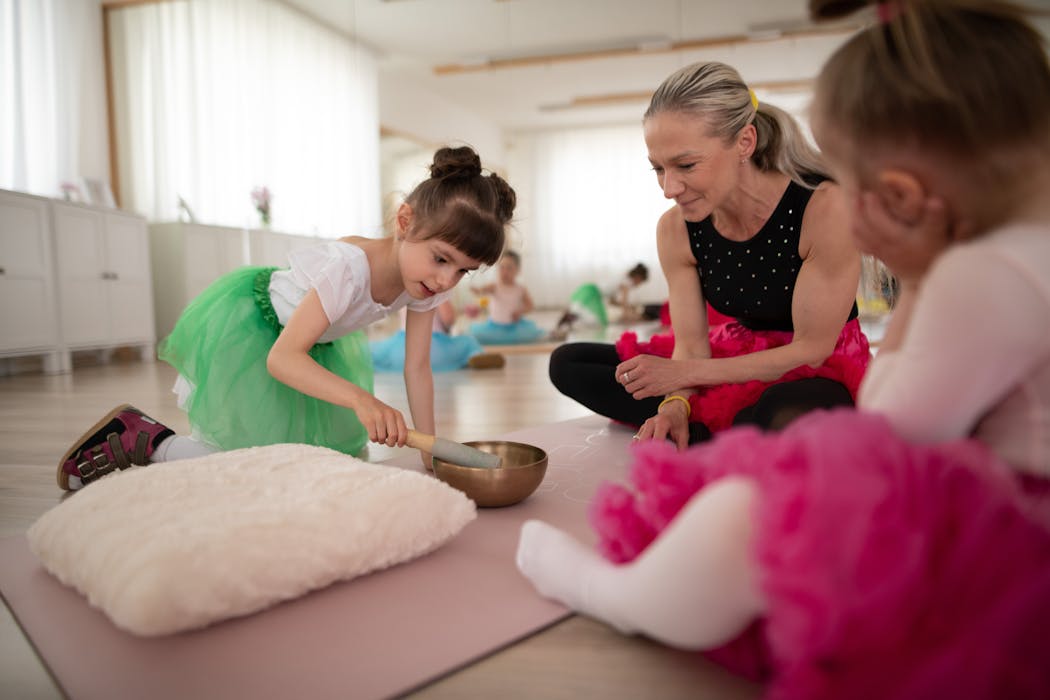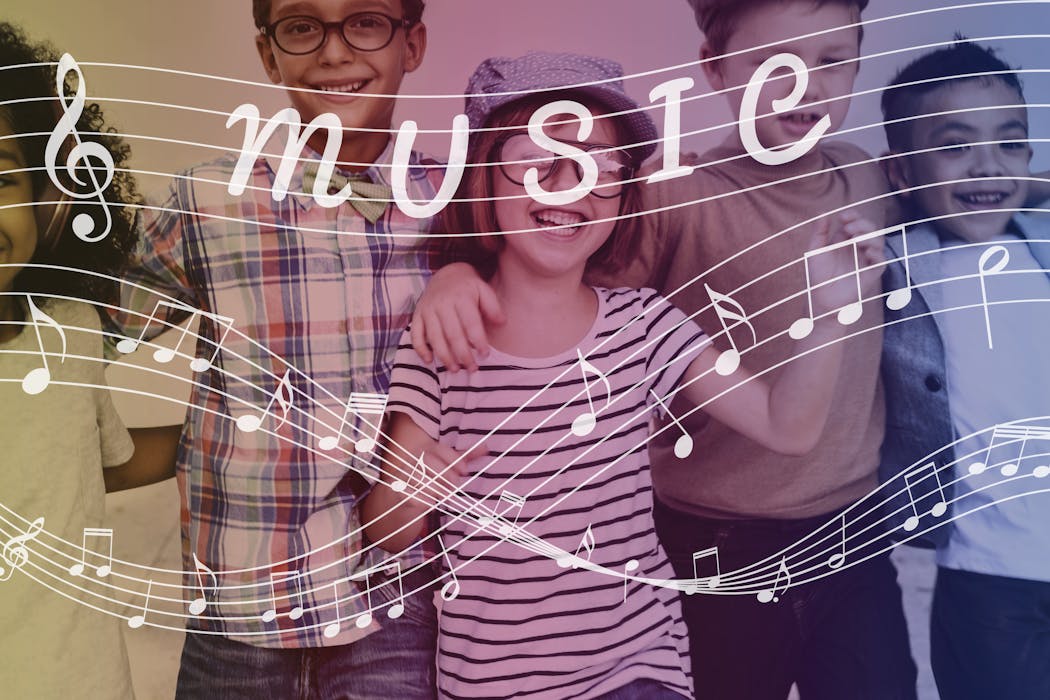Introduction: The Power of Dance Therapy in Expressing Emotions
Dance therapy is a form of expressive therapy that uses movement and dance to promote emotional, mental, and physical well-being. It is based on the belief that the body and mind are interconnected, and that movement can be a powerful tool for self-expression and healing. Dance therapy has been shown to be effective in treating a wide range of mental health issues, including anxiety, depression, trauma, and eating disorders.
One of the key benefits of dance therapy is its ability to help individuals express and process their emotions in a non-verbal way. Many people find it difficult to put their feelings into words, and traditional talk therapy may not always be effective in helping them explore and understand their emotions. Dance therapy provides a safe and supportive space for individuals to express themselves through movement, allowing them to tap into their emotions and gain a deeper understanding of their inner world.
What is Virtual Dance Therapy and How Does it Work?
Virtual dance therapy is a form of dance therapy that is conducted online, using video conferencing platforms. It allows individuals to participate in dance therapy sessions from the comfort of their own homes, eliminating the need for travel and making therapy more accessible to those who may have physical limitations or live in remote areas.
In virtual dance therapy sessions, individuals are guided by a trained and licensed dance therapist who leads them through a series of movement exercises and dance sequences. The therapist may use a combination of pre-recorded videos, live demonstrations, and verbal instructions to guide the individual through the session. Participants are encouraged to move their bodies in ways that feel natural and authentic to them, and to explore different movements and gestures that reflect their emotions.
The Benefits of Virtual Dance Therapy for Mental Health
Virtual dance therapy offers a range of benefits for mental health. Here are some of the key benefits:
1. Improved emotional regulation: Dance therapy can help individuals develop better emotional regulation skills, allowing them to identify, express, and manage their emotions in a healthy way. Through movement, individuals can release pent-up emotions and gain a sense of control over their emotional state.
2. Reduced anxiety and depression: Dance therapy has been shown to be effective in reducing symptoms of anxiety and depression. The physical activity involved in dance therapy releases endorphins, which are natural mood-boosting chemicals in the brain. Additionally, the expressive nature of dance allows individuals to release negative emotions and experience a sense of joy and freedom.
3. Increased self-esteem: Dance therapy can help individuals develop a positive body image and improve their self-esteem. Through movement, individuals can connect with their bodies in a positive way, gaining a sense of strength, grace, and confidence. The supportive environment of virtual dance therapy sessions also encourages individuals to embrace their unique abilities and celebrate their progress.
4. Enhanced body awareness: Dance therapy can help individuals develop a greater awareness of their bodies and how they move through space. This increased body awareness can lead to improved posture, coordination, and balance. It can also help individuals develop a greater sense of embodiment, allowing them to feel more connected to their physical selves.
How Virtual Dance Therapy is Different from Traditional Therapy
Virtual dance therapy differs from traditional therapy in several ways. Here are some of the key differences:
1. Use of movement and dance as a form of expression: Traditional therapy typically relies on verbal communication as the primary mode of expression. In virtual dance therapy, movement and dance are used as a powerful form of non-verbal expression. This allows individuals to access and express emotions that may be difficult to put into words.
2. Incorporation of technology: Virtual dance therapy utilizes video conferencing technology to connect individuals with their dance therapist. This allows for greater flexibility and accessibility, as individuals can participate in therapy sessions from anywhere with an internet connection. It also allows for the use of pre-recorded videos and other multimedia resources to enhance the therapeutic experience.
3. Increased accessibility: Virtual dance therapy eliminates many of the barriers to accessing traditional therapy, such as travel time and cost. It allows individuals to participate in therapy sessions from the comfort of their own homes, making therapy more accessible to those who may have physical limitations or live in remote areas. Virtual dance therapy also offers greater flexibility in scheduling, as individuals can choose sessions that fit their needs and availability.
The Role of the Dance Therapist in Virtual Sessions
The role of the dance therapist in virtual sessions is crucial in creating a safe and supportive environment for individuals to explore and express their emotions. A trained and licensed dance therapist has the knowledge and skills to guide individuals through the therapeutic process and provide the necessary support and guidance.
In virtual sessions, the dance therapist must be able to adapt to the online setting and effectively communicate and connect with individuals through video conferencing. They must be skilled in using verbal instructions, demonstrations, and other techniques to guide individuals through the movement exercises and dance sequences. The dance therapist must also be able to create a safe and supportive environment where individuals feel comfortable expressing themselves and exploring their emotions.
The Importance of Music in Virtual Dance Therapy
Music plays a crucial role in virtual dance therapy, as it helps to create a mood and set the tone for the session. Music has a powerful effect on our emotions and can evoke a wide range of feelings, from joy and excitement to sadness and contemplation. In virtual dance therapy, the dance therapist carefully selects music that is appropriate for each session, taking into consideration the individual’s emotional state and therapeutic goals.
The dance therapist may choose music that is calming and soothing to help individuals relax and release tension, or they may select music that is energizing and uplifting to promote a sense of joy and vitality. The tempo, rhythm, and melody of the music can also be used to guide the individual’s movement and help them connect with their emotions on a deeper level.
Techniques Used in Virtual Dance Therapy to Address Specific Emotions
Virtual dance therapy utilizes a variety of techniques to help individuals address specific emotions and work through emotional challenges. Here are some examples of techniques used in virtual dance therapy:
1. Anger: For individuals struggling with anger, the dance therapist may guide them through movements that allow them to release and channel their anger in a safe and constructive way. This may involve powerful and dynamic movements, such as stomping, punching, or shaking.
2. Sadness: To address sadness, the dance therapist may guide individuals through movements that allow them to express and release their grief or sadness. This may involve slow, flowing movements that reflect the heaviness and melancholy of sadness.
3. Anxiety: Dance therapy can be effective in reducing anxiety by helping individuals release tension and promote relaxation. The dance therapist may guide individuals through movements that focus on deep breathing, stretching, and grounding.
4. Self-esteem: To address self-esteem issues, the dance therapist may guide individuals through movements that promote a sense of strength, confidence, and self-acceptance. This may involve movements that emphasize posture, balance, and grace.
It is important to note that these techniques are just examples, and the dance therapist will tailor the sessions to meet the individual’s specific needs and goals. Individualized treatment is key in virtual dance therapy, as it allows for a personalized and effective therapeutic experience.
Success Stories: Real-Life Examples of Virtual Dance Therapy
Virtual dance therapy has had a positive impact on the lives of many individuals. Here are some real-life examples of individuals who have benefited from virtual dance therapy:
1. Sarah, a 35-year-old woman struggling with anxiety and low self-esteem, found virtual dance therapy to be a transformative experience. Through movement, she was able to release tension and connect with her body in a positive way. Over time, she gained a greater sense of self-confidence and developed healthier coping mechanisms for managing her anxiety.
2. John, a 45-year-old man recovering from trauma, found virtual dance therapy to be a safe and supportive space for him to explore and process his emotions. Through movement, he was able to express and release his pent-up emotions, allowing him to heal and move forward in his recovery journey.
3. Emily, a 20-year-old college student struggling with depression, found virtual dance therapy to be a source of joy and inspiration. Through movement and dance, she was able to experience moments of joy and connection, which helped to alleviate her symptoms of depression and improve her overall well-being.
These success stories highlight the transformative power of virtual dance therapy in promoting emotional, mental, and physical well-being.
Tips for Getting the Most Out of Your Virtual Dance Therapy Sessions
To get the most out of your virtual dance therapy sessions, here are some tips to keep in mind:
1. Set intentions: Before each session, take a moment to set intentions for what you hope to achieve or explore during the session. This will help you stay focused and engaged throughout the session.
2. Create a comfortable space: Set up a comfortable and inviting space for your virtual dance therapy sessions. Clear away any clutter and create a space where you feel safe and supported. Consider using soft lighting, candles, or other elements that help create a calming and nurturing environment.
3. Be open to the process: Virtual dance therapy is a unique and powerful form of therapy, but it may feel unfamiliar or uncomfortable at first. Be open to the process and trust in the guidance of your dance therapist. Allow yourself to fully engage in the movement and embrace the experience.
Conclusion: The Future of Virtual Dance Therapy in Mental Health Treatment
Virtual dance therapy has the potential to revolutionize mental health treatment by increasing accessibility and effectiveness. The use of technology allows individuals to participate in therapy sessions from anywhere, eliminating barriers such as travel time and cost. Virtual dance therapy also offers greater flexibility in scheduling, making therapy more accessible to those with busy schedules or physical limitations.
As virtual dance therapy continues to evolve and develop, it is important to continue research and development to ensure its effectiveness and safety. Continued research will help to further understand the benefits of virtual dance therapy and its potential applications in various mental health settings.
In conclusion, virtual dance therapy is a powerful and effective form of therapy that harnesses the healing power of movement and dance. It offers a unique and innovative approach to mental health treatment, allowing individuals to express and process their emotions in a non-verbal way. With its potential for increased accessibility and effectiveness, virtual dance therapy has the potential to transform the field of mental health treatment and improve the lives of countless individuals.
Find out how Torongo Therapyplus can help you with your needs. Get in touch with us at smile@torongo.life, or call us on 02 8809 9965.































